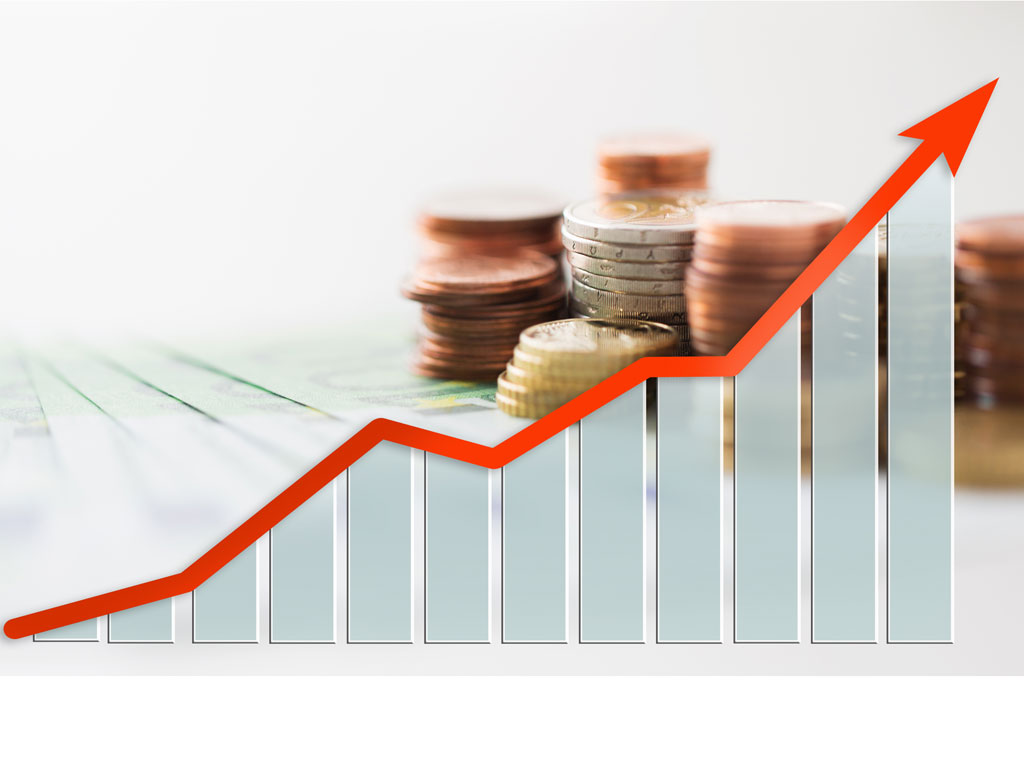Fitch upgrades Serbia’s credit rating
Source: Tanjug
 Sunday, 29.09.2019.
Sunday, 29.09.2019.
 11:55
11:55
 Sunday, 29.09.2019.
Sunday, 29.09.2019.
 11:55
11:55
(Photo: Syda Productions/shutterstock.com)

According to the agency, public debt reduction is supported by a large and stable tax base, and the IMF PCI provides a near-term policy anchor for further strengthening of macroeconomic fundamentals.
Fitch points out that the government has maintained fiscal discipline following the large consolidation effort that delivered general government surpluses averaging 0.9% of GDP in 2017-2018, from a deficit of 6.2% in 2014 (which included a 3.5% of GDP reduction in spending on wages and pensions).
Fitch forecasts a further outperformance against the government deficit target of 0.5% of GDP in 2019-2021.
Fitch has greater confidence that general government debt is on a firmly downward path, which they forecast at 46.2% of GDP in 2021, down from 54.5% in 2018 (and a peak of 71.2% in 2015), close to the current 'BB' median of 44.6%.
Under their longer-term debt projections, which assume average GDP growth of 3.0% from 2019-2028 and a 1.1% of GDP deterioration in the primary surplus between 2021-2026, general government debt declines steadily to 37.4% of GDP in 2028.
There has been a moderate improvement in Serbia's public debt structure. Around 75% of new debt issued in 2019 is dinar-denominated (from 65% last year) and there has been further repayment of more expensive US dollar-denominated bonds (totaling USD 1.75 billion).
June's 10-year EUR 1 billion Eurobond issuance had a record low yield of 1.62%, and the average cost of central government debt is projected to fall to 3.6% at end-2019, from 4.5% at end-2016.
Inflation remains low and relatively stable, at 1.3% in August and averaging 2.1% in 2019, and inflation expectations are well anchored, which allowed the National Bank of Serbia to cut its main policy rate by 50bp since June to 2.5%.
The National Bank of Serbia's foreign exchange reserves rose to EUR 13.1 billion in August.
There has been a further improvement in the credit fundamentals of the banking sector, particularly on asset quality, which has helped support stronger lending growth, of 10.1% in July. The NPL ratio fell to 5.0% at end-July, from 5.7% at end-2018 (and 21.6% in 2015).
The report also points out the growth of investments, positive labor market dynamics, and the strengthening of the banking system and lending.
Tags:
Ministry of Finance
Fitch Ratings
National Bank of Serbia
credit rating of Serbia
fiscal stability of Serbia
credit activity of Serbia
NPL share
Comments
Your comment
Most Important News
Full information is available only to commercial users-subscribers and it is necessary to log in.
Follow the news, tenders, grants, legal regulations and reports on our portal.
Registracija na eKapiji vam omogućava pristup potpunim informacijama i dnevnom biltenu
Naš dnevni ekonomski bilten će stizati na vašu mejl adresu krajem svakog radnog dana. Bilteni su personalizovani prema interesovanjima svakog korisnika zasebno,
uz konsultacije sa našim ekspertima.


 Izdanje Srbija
Izdanje Srbija Serbische Ausgabe
Serbische Ausgabe Izdanje BiH
Izdanje BiH Izdanje Crna Gora
Izdanje Crna Gora


 News
News








